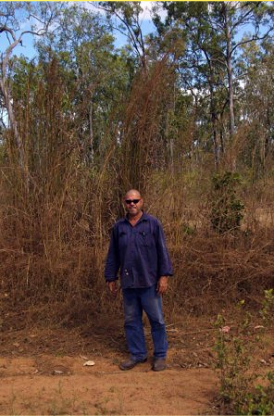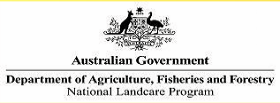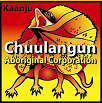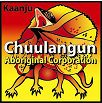This project has been jointly funded by the Chuulangun Aboriginal Corporation and the National Landcare Program Community Support Component delivered under the Commonwealth Department of Agriculture, Foresty and Fisheries and the Queensland Department of Natural Resources and Water.













